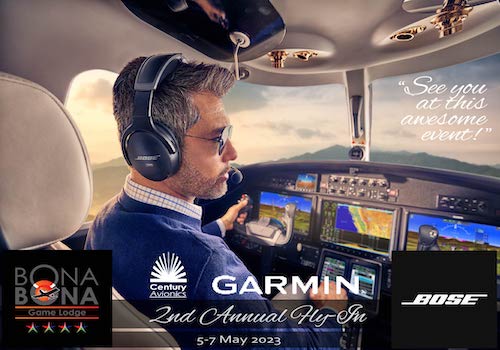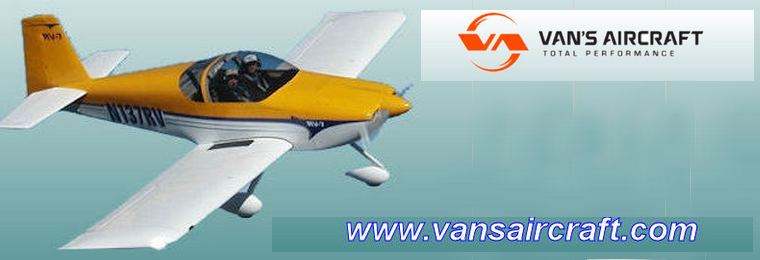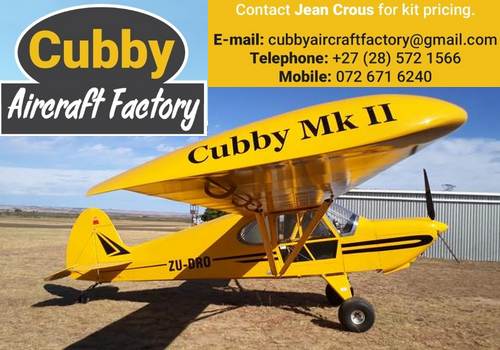





















Rhett's Ramblings - Clash of the Commuters
By Rhett Shillaw
Google Banner Ad
After a recent flight I was questioning my own biases and decided finally, to weigh up each contender. To see if my favourite light aircraft had in fact changed after only one flight.

An experienced pilot named Jeff, recently said something that made me reconsider the dream I had forever envisioned - to own a Carbon Cub.

Jeff had recently purchased an immaculate Beechcraft Bonanza. Something that put a gleeful grin on his face every time the conversation topic came up. He mentioned one day the advice that he was offered, back when he was still a dreamer like me.

"Make sure the first plane you buy is the last," he said. You must understand, Jeff is a very practical and prorate man, whereas I'm still young and restless. Nevertheless, I was racking my brain all day. Weighing up the options of a practical 4-6-seater versus the tiny 2-seater cub. I finally decided the problem incomparable.
Still, Jeff got me thinking, if I did have to pick a 4-6-seater, what would it be?
There are a few obvious contenders between Piper, Cessna, Cirrus and Beech Craft. For the sake of this argument, I'll stick to what I know. That unfortunately excludes the Pipers.

Still, it remains a tough decision to make. Up until a few weeks ago, I had not flown in a Bonanza. I had however heard a lot about it from it's cult like following. As with any product, the good ones have devoted consumers.
My most recent logbook summary shows that over 900 of my thousand odd hours are on the SR, Cirrus series. The majority of which tallies toward instruction. Although I'm still learning every day, I think it's fair to say that I have a reasonably good understanding and feel for these aircraft.


The first company to place bets on a plan B - the Cirrus Airframe Parachute System (CAPS). Proven an effective companion to the pilot in a predicament. The BRS Aerospace parachute saving over 400 lives to date.
Each Generation of Cirrus aircraft improving significantly on the last. Incorporating only the best in navigation and technology through a successful collaboration with Garmin. The Cirrus is a highly capable machine, a joy to fly and a piece of art in both the hangar and the skies.

 .
.The problem comes on the post-flight walkaround inspection. With a low wing profile, the leading edges are prone to low shrubbery. The horizontal stabilizer is right in the way of any sizeable pebbles you might pick up on the take-off or landing roll.
Don't forget the wheel fairings. Even experienced pilots manage to damage these coverings on the tarmac. Be sure to pick your paint scheme wisely.
Now that's just the opinion of an adventurous boy from Africa. I'm sure the majority of Cirrus owners aren't looking for thrills in the bush. Instead, commuting for business or pleasure in places far from remote. And besides, if you can afford the repairs, you seriously have nothing else to worry about in this department.

You may hear people saying these types of aircraft were developed for the iPad Generation. Big touch screens and dramatically simplified cockpits. Now, this is a topic worth discussing. The next stereotypical argument against Cirrus.
It's not the first and it won't be the last. An aircraft designed to get the wealthy commuter flying as quick as possible. Veering further away from the roots of aviation where pilots used paper maps and flew by the seat of their pants.
The argument here comes in the form of safety. How wise is it to promote the gift of flight to those who don't fully appreciate the responsibility that comes along with it.
In Cirrus' defence, they have taken the challenge head on, unlike any other manufacturer. Innovating in ways to educate their clients in safer operations of flight, with much success I might add.
This article started with the problematic decision of one incredible machine over the other. A few weeks ago, I wouldn't hesitate to boldly proclaim my favour of the Cirrus. That was however, prior to stepping into one beautifully kept Bonanza A36TC. Looking at the way the engine instruments had been stacked to replicate that of the well know King Air series was the first win in my book for the Bonny.
Mentioning it to Jeff, he pointed out that Beechcraft had designed all of their flagship aircraft that way. To help the development and transition of its pilots from the Bonny to the Barron and finally into the King Air.

Another similarity we discussed was that the Bonny had exactly the same wing as the Barron. This came after noticing the oversized wedge on the leading edge of the wing tip. An aerodynamic addition as a result of the change from a twin-engine Barron to the single Bonanza. A large wedge in the leading edge helps compensate for the loss of lift and keep the wing tips flying into the stall.
Also, a low wing design the Bonny is very attractive. It doesn't store a parachute much to the delight of the older generation of pilots, who believe they don't need one. To be fair, it also saves on maintenance costs as the chute and ballistics need to be replaced every 10 years.
This could be countered by the fact that the Bonny has a retractable undercarriage. I'm not too sure how the gear maintenance equates in the greater scheme of things. It could be another factor playing in Beech's favour. I've often wondered what a cirrus might be like with the gear up. Due to added weight issues it has remained fixed.


I'm not keeping score here but after all those points above, it seems Beech Craft might have the advantage. And we haven't even got to the point of how she handles off the ground. Flawlessly.
Bear in mind this was my first flight after 3 months. I think you could have put me in a Ferris wheel for the same reaction. Okay, probably not, but hand flying the Bonny for 2 straight hours was the greatest pleasure.
Going back to Jeff's point of buying both your first and last plane at once, I say no way. I'm too optimistic to think of it as an ultimatum of one or the other. There's no way a Super Cub won't be my first aircraft. There's also the highest possibility that if I ever start a family, the Cubby just won't cut it. Now that's a problem for another day.

As for the battle of the light commuter birds, my mind has in fact changed. Something so concrete, flipped on its head. Beech Craft, I'm a fan. Only until I get the chance to fly something better, I suppose. Cirrus will always have a place in my heart, but I'm just not a Lambo kind of guy! Guess you could call me a turncoat. Not a bad prospect if it means I'll forever be searching the hangars for something new to can get my hands on.

Pegasus, no mythological flying stallion

Google Banner Ad
 |
 |
 Copyright © 2024 Pilot's Post PTY Ltd
The information, views and opinions by the authors contributing to Pilotís Post are not necessarily those of the editor or other writers at Pilotís Post.
Copyright © 2024 Pilot's Post PTY Ltd
The information, views and opinions by the authors contributing to Pilotís Post are not necessarily those of the editor or other writers at Pilotís Post.